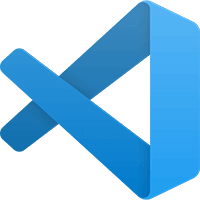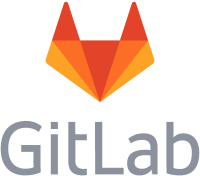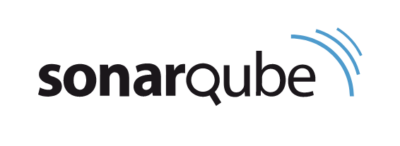by Marc Dallas
Developed over decades, IBM i applications are often severely lacking in documentation, making their maintenance challenging. Leveraging AI to analyze code and metadata repository content provides teams with a detailed and up-to-date view of their systems. This facilitates maintenance, reduces technical debt, and prepares applications for modernization. Discover how AI-driven automated retro-documentation can transform the management of your IBM i applications.
1. What is Retro-documentation for IBM i Applications?
Retro-documentation involves analyzing existing code to extract clear and understandable documentation. This is particularly useful for IBM i applications. The process provides technical teams with an accurate view of the application, making code comprehension easier, reducing errors, and improving productivity. Maintenance becomes more efficient as developers can quickly identify the impacts of their changes and avoid regressions.
It also provides an overview of the current functional architecture of applications by identifying touchpoints between modules.
Tip: Use retro-documentation to identify areas of code that haven’t been modified in a long time. These areas may hide potential issues or optimization opportunities.
2. Why Automate Retro-documentation for Your IBM i Applications?
Automating retro-documentation saves valuable time and provides an up-to-date system view while avoiding human errors. It delivers comprehensive documentation including flow diagrams, module dependencies, and functional descriptions.
For companies managing multiple IBM i applications, this automation is a major asset as it simplifies onboarding new developers and reduces project start-up times.
Advice: Integrate retro-documentation into your continuous development cycle to always have up-to-date documentation.
3. Automating to Reduce Technical Debt
Technical debt occurs when code becomes complex, redundant, or difficult to modify. This makes interventions increasingly costly. All applications, including those on the IBM i, accumulate such debt over decades. Automated retro-documentation reduces this debt by helping to identify parts of the code that no longer add value or need rewriting.
Refactoring and modernizing code make it more readable and easier to maintain, which in turn reduces future technical debt. Using Arcad’s automated retro-documentation to help reduce problems before they happen is in line with our shift left ideology. Reducing technical debt is essential to minimizing maintenance costs, improving application stability, and preparing for future development.
Lowering complex coupling between programs and modules (a common form of technical debt) also makes applications more scalable, reduces the risks of side effects, and decreases complexity, thereby increasing their lifespan.
Good to know: Reducing technical debt is not a one-time effort. It’s best addressed iteratively, aligned with development cycles.
4. How Does Retro-documentation Support IBM i Application Modernization?
Retro-documentation provides a critical starting point for modernization: it enables understanding of internal functionalities and code dependencies, avoiding late game surprises.
By identifying critical processes and modules that need rewriting, teams can create a more precise roadmap for modernization, making each project step smoother and more controlled.
Key point: A proper understanding of dependencies helps avoid service interruptions during modernization projects.
Webinar
Understanding your IBM i legacy: discover how AI is revolutionizing application analysis!
Watch the Replay
5. Retro-document Your IBM i Applications with ARCAD Discover!
ARCAD Discover uses AI to formalize functional knowledge in the form of texts and diagrams, helping developers reduce onboarding time and improve code maintainability. Through code analysis and the creation of detailed mappings of data flows and program dependencies, ARCAD Discover provides teams with a clear and immediate view of the application’s structure.
Adopt ARCAD Discover to make documentation seamless and accessible!
Try it now: Contact our team for a personalized demo and discover how ARCAD Discover can transform the management of your IBM i applications
Author

Marc Dallas
VP R&D
Software Engineering degree from the Integral International Institute, Marc started his career in 1994 as Analyst Programmer at Nestle Cereal Partners, and was appointed Product Manager at ADSM Software, prior to joining ARCAD Software in 1997.

REQUEST A DEMO
Let’s talk about your project!
Speak with an expert


























